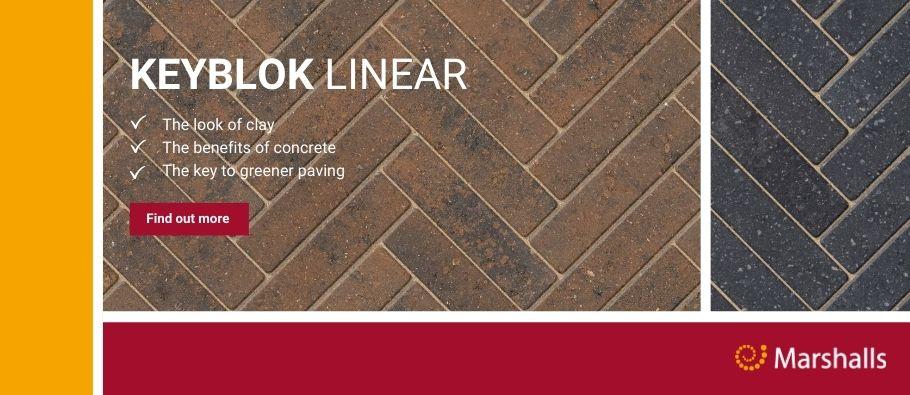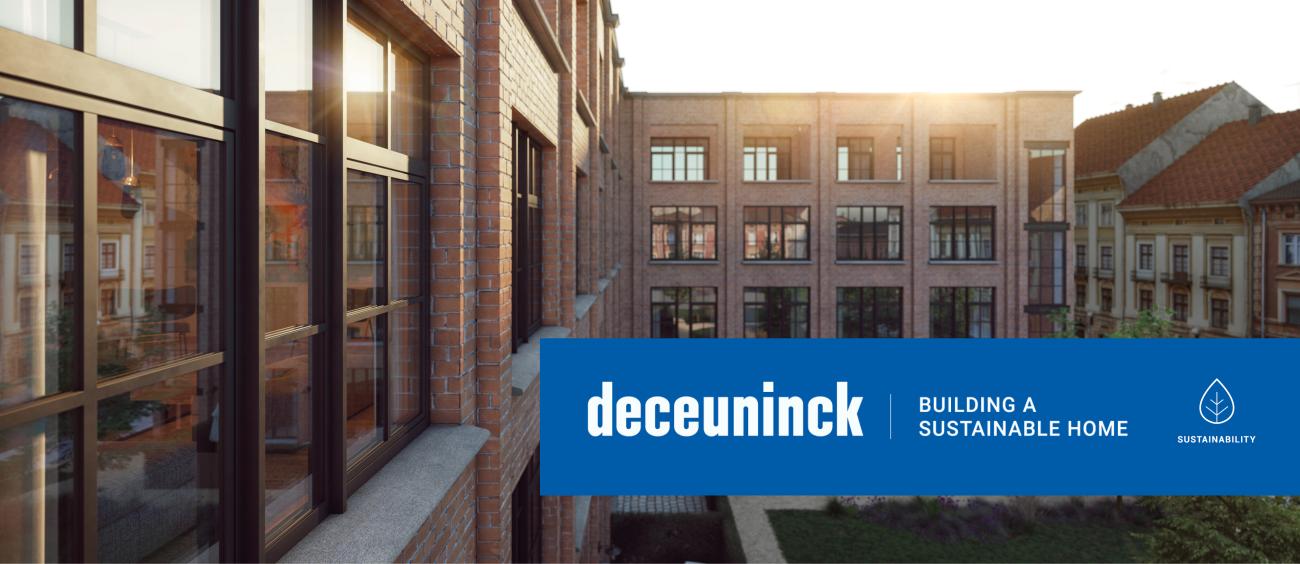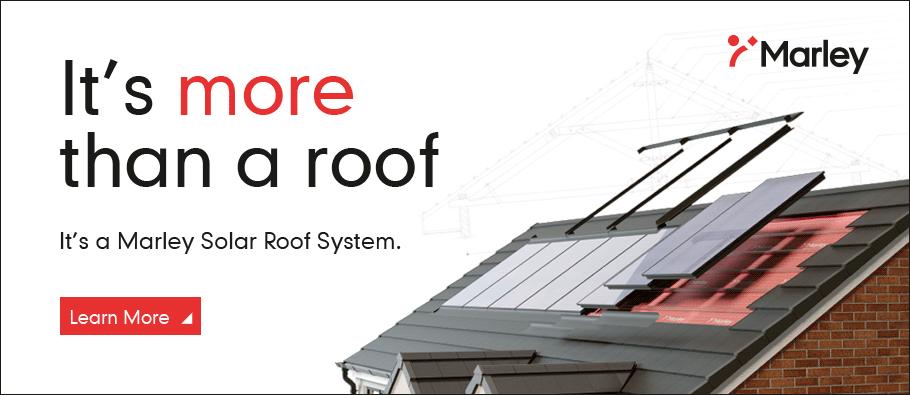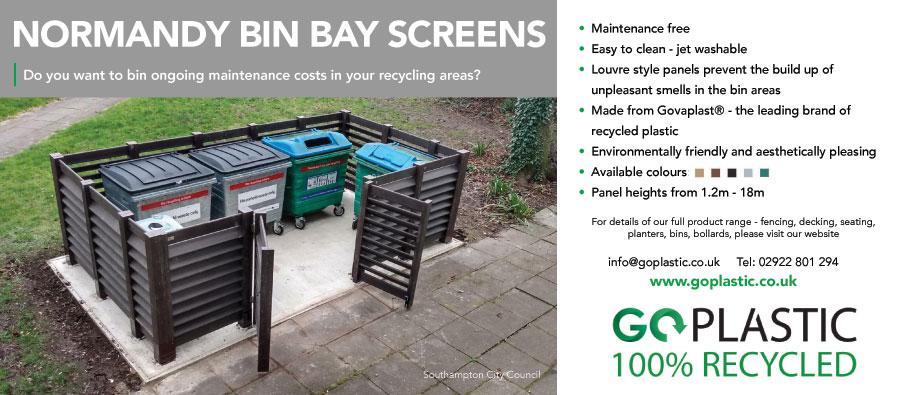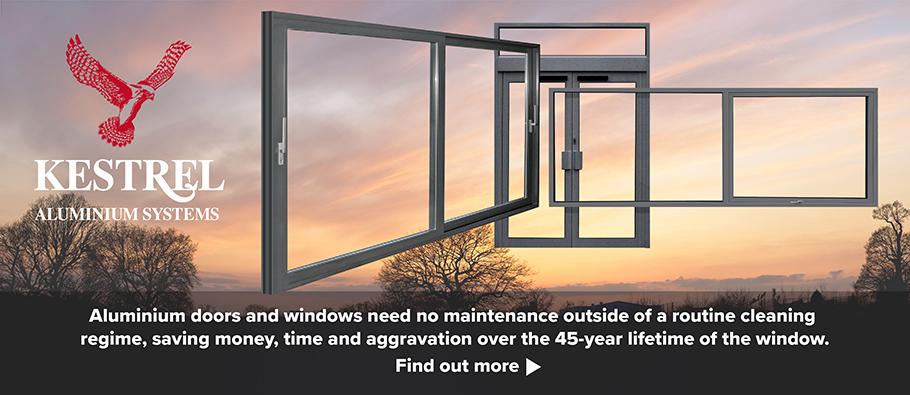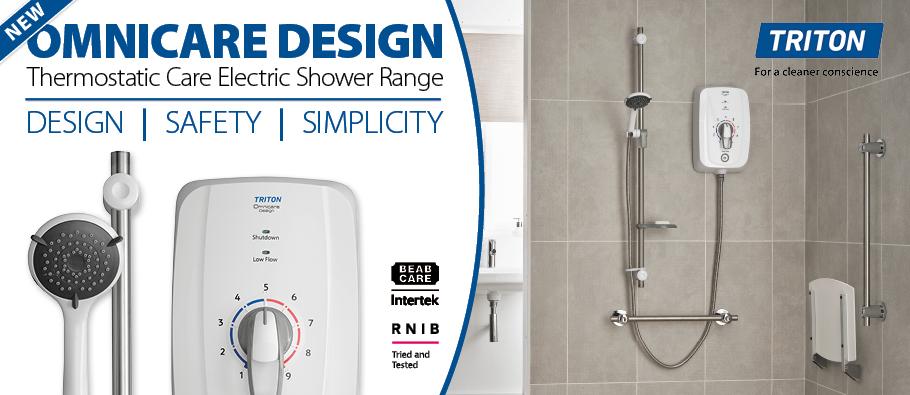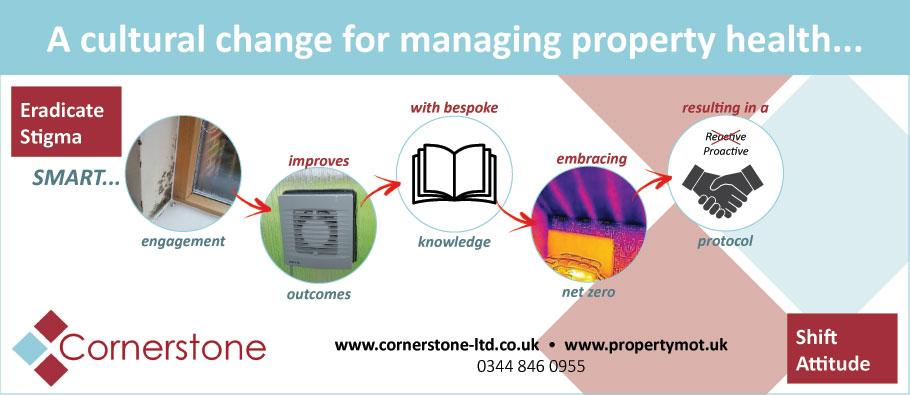Communication is key for the continued creation of safe building components, says Ecodek
Specifying safe external components for new builds and refurbishments can be confusing, with myriad classifications and new legislation to be met. Phil Marris, Managing Director of Ecodek, manufacturers of the Adek aluminium decking system, looks to clarify the classification system, whilst also exploring the importance of the project ‘chain’ and the significant role the manufacturer can play when it comes to creating safe building components:
For many Housing Associations, providing a secure living environment for tenants is a priority. However, following the Grenfell tragedy and the subsequent Hackitt Review, the safety of tenants in high rise buildings has been brought into sharp focus, with significant changes to the law. In 2018, an amendment to the Building Regulations stated that no combustible materials could be used on facades or balconies in buildings above 18 metres in height. At the end of last year this has been reduced to 11 metres, meaning many building owners and contractors are having to review previously specified components, especially balconies, to ensure they meet the updated regulations.
When it comes to balconies, the only credible decking option is an aluminium system, due to aluminium’s non-combustible credentials. However, simply choosing aluminium decking for balconies is not enough on its own. You must ensure that it adheres to all the relevant – and most up to date – building and fire regulations.
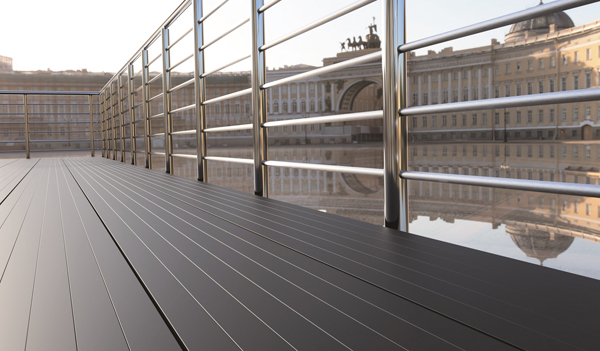
All aluminium decking is tested in accordance with the following three tests: BS EN ISO 1716, the Heat of Combustion test, which determines the potential maximum heat of a product when burning; BS EN ISO 9239 – 1, the Radiant Panel test, which is designed to simulate conditions experienced by the flooring material; and BS EN ISO 11 925 – 2, the Single-Flame Source test, which evaluates the ignitability of a product under exposure to a small flame.
The resulting classification is presented as a letter – A1, A2, B, C, D, E and F - with A1 (non-combustible) being the highest level of performance and F the lowest. Decking material that is classified as A1 and A2 is non-combustible, whilst those from B to F are combustible in ascending order.
Whilst it may appear that decking with an A1 rating is the most appropriate choice, I must stress that those components classified as A2 are just as safe. The usual reason for an aluminium decking board to be rated A2 is due to its powder coating, which is applied to prolong the life and enhance the appearance of the board without compromising its safety credentials. Specifiers and contractors should understand A2 rated decking is the solution of choice and does not represent a compromise.
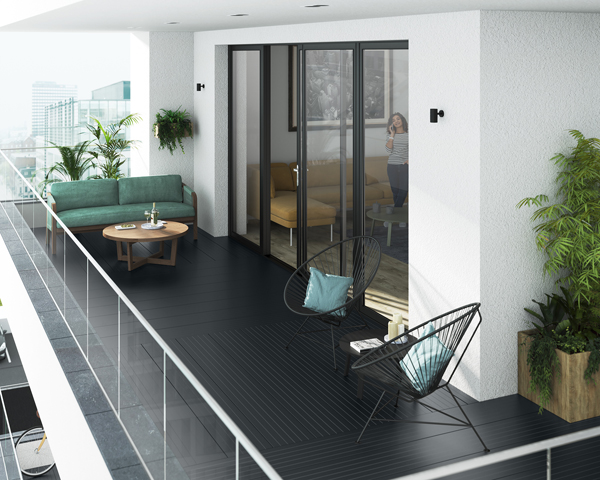
As always, the best way to improve understanding is to open clear lines of communication between manufacturers and construction professionals, and to encourage engagement between all parties, from architect and specifier to contractor and housing association. This will provide manufacturers with an opportunity to share their product knowledge, whilst also ensuring they are providing a product that is perfectly tailored to the industry’s requirements.
An example of this is off-site construction. Some balconies are prefabricated and craned into position using eyebolts that are secured to the main frame from above. Ensuring the correct specification of decking is essential for this type of off-site fabricated balcony. Use of an interlocking decking system will mean that one or more of the boards will have to be removed and replaced on-site, taking up additional time working at height. A more effective solution would be an aluminum system that has been specifically designed to allow all boards to be fitted off-site and still allow lifting gear to be attached to the balcony main frame for craning into position.
Another example is contemplating criteria, other than fire, which could pose a risk to tenants. As the manufacturer of the Adek aluminum decking system, we know that the load bearing properties of a balcony must be considered, as well as a deck board’s low slip potential, both of which can have a significant impact on tenant safety. This is experience and knowledge we can pass on to other parties within a project if clear lines of communication are established early enough in the project timeline and maintained throughout as contractors are appointed.
Ensuring all criteria is met and regulations are adhered to can only be achieved when the entire ‘chain’ of a project works together. By engaging all parties at every stage of the development, we can ensure that only the most appropriate products are being used and tenant safety is always guaranteed.
aluminiumdecking.ecodek.co.uk
Images © EcoDeck
- Log in to post comments



